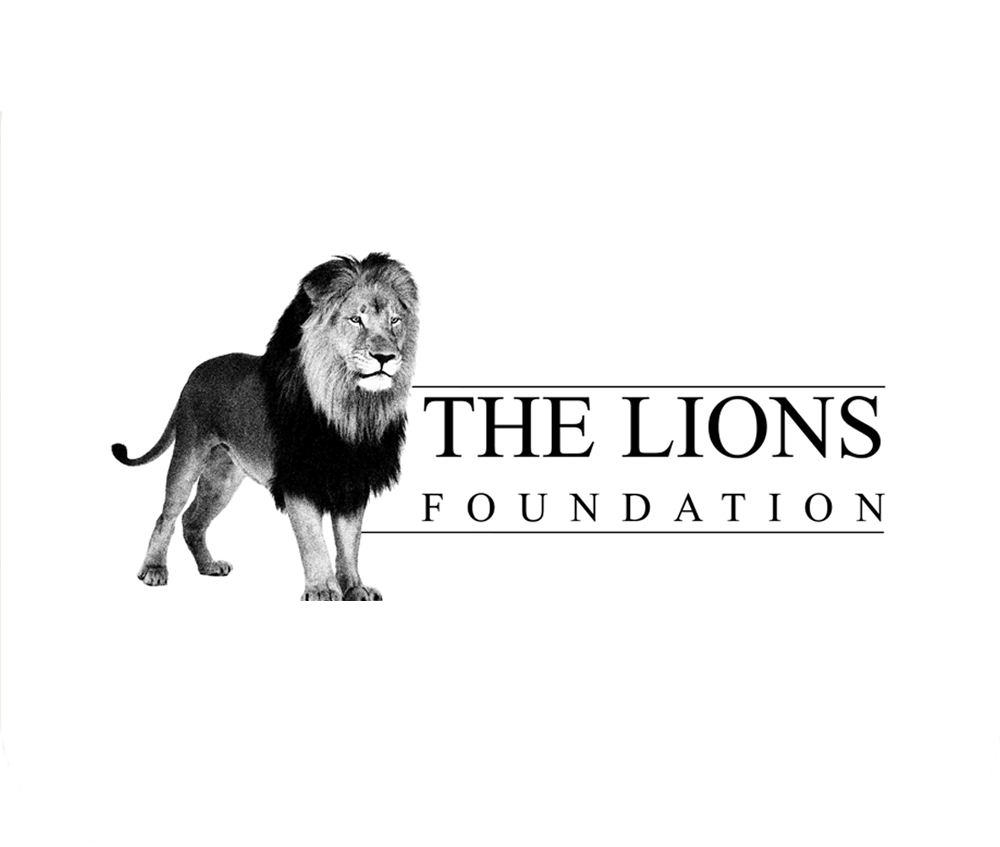LION FACTS
Some information and facts about the lion (Panthera leo):
- IUCN status: Vulnerable, which means that there is a high risk of endangerment in the wild (the Asiatic lion is endangered).
- Often known as the ‘king of the jungle’, lions actually live in the savannah, shrub country or grasslands – not the jungle. Just one population of wild forest-dwelling lions remains, in Gir Forest National Park, India.
- Lions are the second largest big cats (tigers are even bigger). Males stand at a shoulder height of about 120 cm and reach about 200 cm in length. Their tails have a length of about 85 cm. Males can weigh as much as 150 to 250 kg. Females are a bit smaller and lighter.
- A lion can run for short distances at 50 miles per hour and leap as far as 36 feet.
- An adult male’s roar can be heard up to 8km away; it is the loudest big cat roar.
- Lions live an average 12 years, and up to 16 years.
- A female lion needs 5kg of meat a day. A male needs 7kg or more a day
- Lions run at a speed of up to 81 km/h.
- Females do 85-90% of the hunting.
- Lions feed upon a wide array of animals, including wildebeest, impala, zebra, giraffe, buffalo and wild hogs. They will also feed on smaller animals such as hares, birds and reptiles. They will even scavenge when food is scarce.
- A female gives birth to litters averaging three to four cubs. She will rest for at least 15-24 months between litters. If the entire litter dies or is taken away, she will mate again within a few days. They begin hunting at 11 months and remain with their mother for at least two years.
- After castration, a male lion loses his manes.
- Between 6,000 and 8,000 lions are bred in captivity in some 260 facilities across South Africa, marketed to tourists as lion interaction experiences.
- They live up to 25 years in captivity.
- The white lion is a rare form with a genetic condition called leucism. It is not albino; it has normal pigmentation in the eyes and skin. White lions have occasionally been encountered in and around Kruger National Park and the adjacent Timbavati Private Game Reserve in eastern South Africa. They were removed from the wild in the 1970s, thus decreasing the white lion gene pool. Nevertheless, 17 births have been recorded in five prides between 2007 and 2015. Most of the white lion cubs don’t reach adulthood. A lion’s usual tawny color helps it blend into tall grasses and other vegetation. The animals also hunt at night, when a white lion would stand out even more. White lions are selected for breeding in captivity.
- The main purpose of the manes is thought be the protection of the neck and throat in territorial fights with rivals. The rule of thumb is the darker and fuller the mane, the healthier the lion. When castrated, lions lose their manes.
- In zoos, lions have been bred with tigers to create hybrids called ‘liger’ and ‘tigon’. The liger is a cross between a male lion and a tigress; the tigon or tiglon is a cross between a lioness and a male tiger. Male ligers are sterile, but many females are fertile.
- The crossing of a lioness with a leopard is called a ‘leopon’.
- A common facial expression is the “grimace face” or flehmen response, which a lion makes when sniffing chemical signals. It involves an open mouth with bared teeth, raised muzzle, wrinkled nose, closed eyes and relaxed ears.
- The species has undergone catastrophic declines, from as many as 200,000 wild lions in Africa a century ago to about 20,000 today.
- Lions sleep about 18 hours a day because, like all cats, they have the physiology of a predator, and hunting prey takes an amazing amount of energy.
- Most felids remain quite solitary the in nature. But the lion is the exception. They are very social animals and usually live in groups called “pride”. The average pride consists of around fifteen lions, including several adult females, up to four males.
- Lions do not love water, but, despite that, they are still great swimmers.
- Man is the lion’s greatest enemy. They are mostly killed by humans in bravery rituals, as hunting trophies, for (non-existing!) medicinal powers, or by ranchers protecting their livestock.

OUR MISSION
The Lions Foundation aims to
rehabilitate lions in need from
all over the world to their
natural habitat.
…………………………………
The Lions Foundation is
located in Schrikkloof
Nature Reserve.
Visit us! >
…………………………………
SUPPORT US!
Donate >
Adopt a lion >
Sponsor us >
NEWS
Bakari
April 2023 Yesterday we had to say goodby to Bakari. The vet made sure he passed away peacefully,...
Update: Iwan, Drago & Bombay
April 2023 Today was the big day for IWAN and DRAGO. Because they feel so at home and know...
Arrival of the Tigers
April 2023 Today the tigers from Stichting Leeuw arrived at The Lions Foundation: Iwan, Drago and...
